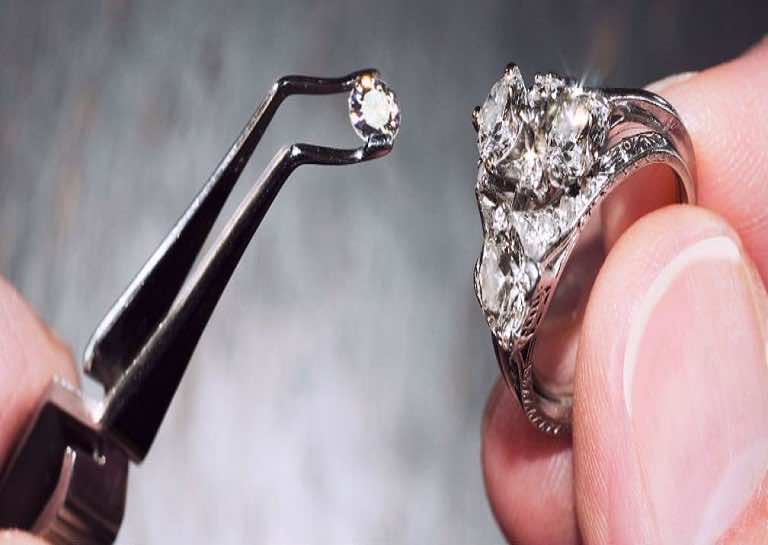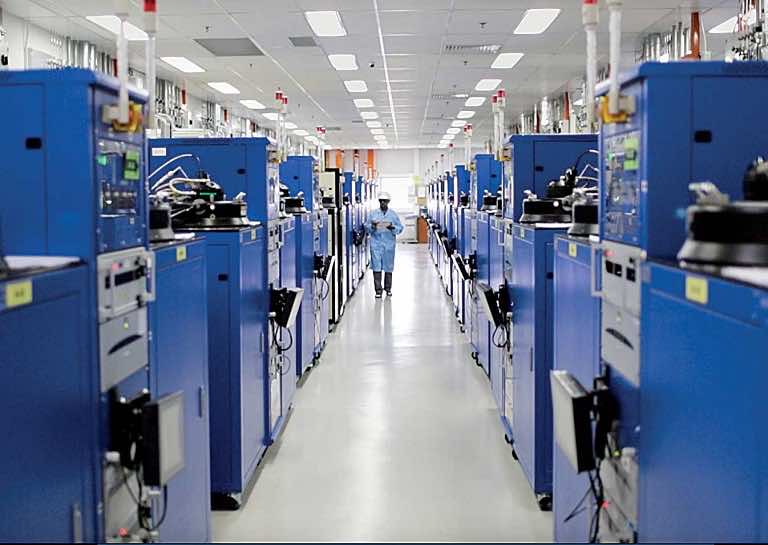All of you have seen the Leonardo Di Caprio-starred Blood Diamond must know what I am talking about here. One of out of four diamonds is the world is a blood diamond meaning it is from mines in the war areas and it is probably extracted by semi-slave labour. When we are purchasing them, there is no way to actually find out which one is a blood diamond or not, so it presents an ethical dilemma for us. We can’t possibly promote this barbaric trade through our purchase of these beautiful gems. So, an alternative has since emerged that involves taking small diamonds and making a larger synthetic diamond out of it using an extensive chemical reaction. The resulting diamond looks and feels just like a real diamond and only the experts can tell the difference between them.
The synthetic diamond industry is on the rise since the real ones are getting much more expensive as diamond mines eventually run short and blood mines are being secluded from the international suppliers. Also, it is the only way to ensure that the precious stone hasn’t been mined from the blood mines. It is an evidence of their growing popularity that Helzberg Diamonds and Walmart have started to put them on retail along with real ones.
Most people don’t care whether the diamond comes from the ground or born out of a chemical reaction. They don’t even generally care whether it is a blood diamond or not so, the price difference is the real reason behind their steadily growing popularity. 360,000 carats of synthetic diamonds were made last year, but the total mined number is close to 146 million carats, so the artificial ones still have plenty of ground to cover. They are completely identical in appearance to real diamonds and have the same chemical structure.
The process itself is quite simple as all you have to do is take a small diamond and put it inside a microwave accompanied by heavy carbon gas (commonly Methane) known as carbon seed. Now you start the microscope and just wait. The gas mixture gets heated to a very temperature and produces a plasma ball. The Hydrogen atoms break away as a result and the remaining carbon atoms start depositing on the surface of the carbon seed. The carbon seed continues to grow with the accumulation of the carbon on its surface. It is quite a long process as it typically takes ten weeks for you to get your hands on a diamond that is big enough for you!
The market, though currently not much is projected to rise in the following years and may reach 20 million carats within the next decade. Many people prefer natural ones over artificial ones if told because they think a diamond’s value isn’t just its appearance but it face value that the synthetic ones don’t have. The international diamond association has also lobbied hard to get them labelled as “lab-grown” or “synthetic”. Only if they had been so sincere in shunning the blood diamond supply chain, they wouldn’t have to resort to this desperate tactic in the first place.
The natural diamonds will continue to have strong demand since it was made by nature itself. Each of them supposedly has a story of it’s own. It is indeed good marketing strategy for the manufacturers and retailers, but the economic conditions of majority buyers don’t allow them to buy a real diamond. The artificial ones are almost 40 percent cheaper than natural ones and this is where they have a considerable advantage. Also, awareness levels will increase in the future and people will start asking for conflict-free, eco-friendly diamonds.



